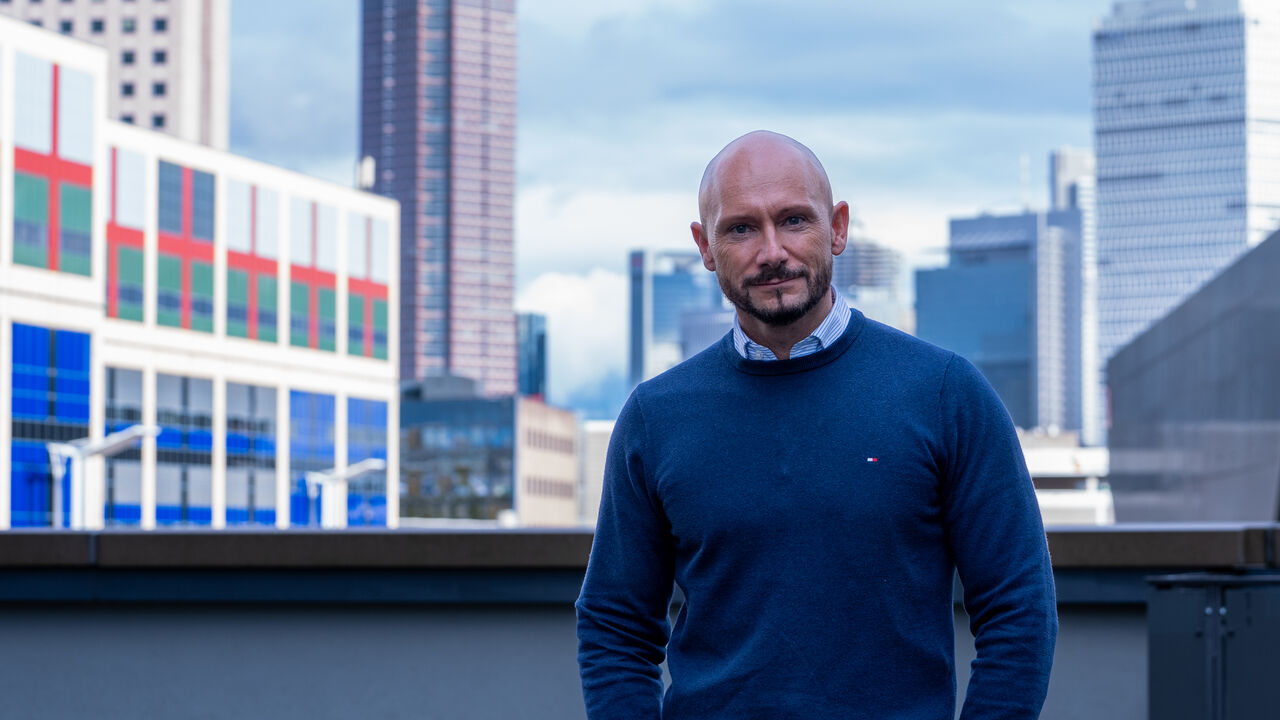How do you evaluate companies' position on 3D printing?
In some cases there is still an outdated mentality. If a part costs 30 cents in traditional production, not many people will be able to 3D print it for €1.50. But this is the wrong approach. These are buyer's glasses. If I have a minimum purchase quantity of 30,000 of this part, but only need 100, I have to stockpile the remaining parts in the meantime, and will likely scrap a significant portion of them within seven years. All this costs money. But if you look at it holistically, you will find that there are many cases today that are economic.
What part particularly surprised you because it could be produced more economically using 3D printing?
I find our dashboard, the cockpit of the bus, very impressive. This is the part that gets a lot of wear and tear. If we were talking three years ago, everyone would have said that you would never in your life be able to 3D print a part of this complexity at this size. During the epidemic, we experienced great difficulties in delivery, which is why we were unable to deliver our double-stop bus. We then created the cockpit as a 3D printed part in four weeks.
Do you actually reprint spare parts one-for-one, or do you also optimize them?
The replacement part was originally designed using a different manufacturing process. We are looking at the extent to which we can redesign this to increase the added value of 3D printing, but the designer has to take a lot into consideration in order to get QM approval. In addition, many materials used in injection molding or deep drawing, for example, cannot be processed in additive manufacturing. For this reason, traditional materials often need to be replaced. Certain standards have been established for this purpose.

“Total coffee aficionado. Travel buff. Music ninja. Bacon nerd. Beeraholic.”







More Stories
Wolfsburg instead of Wörthersee: The first GTI meeting starts at Volkswagen headquarters
Pecco Bagnaia (Ducati): Testing on the new Panigale/MotoGP
From autumn onwards, U2 will be playing again at Karlsplatz.